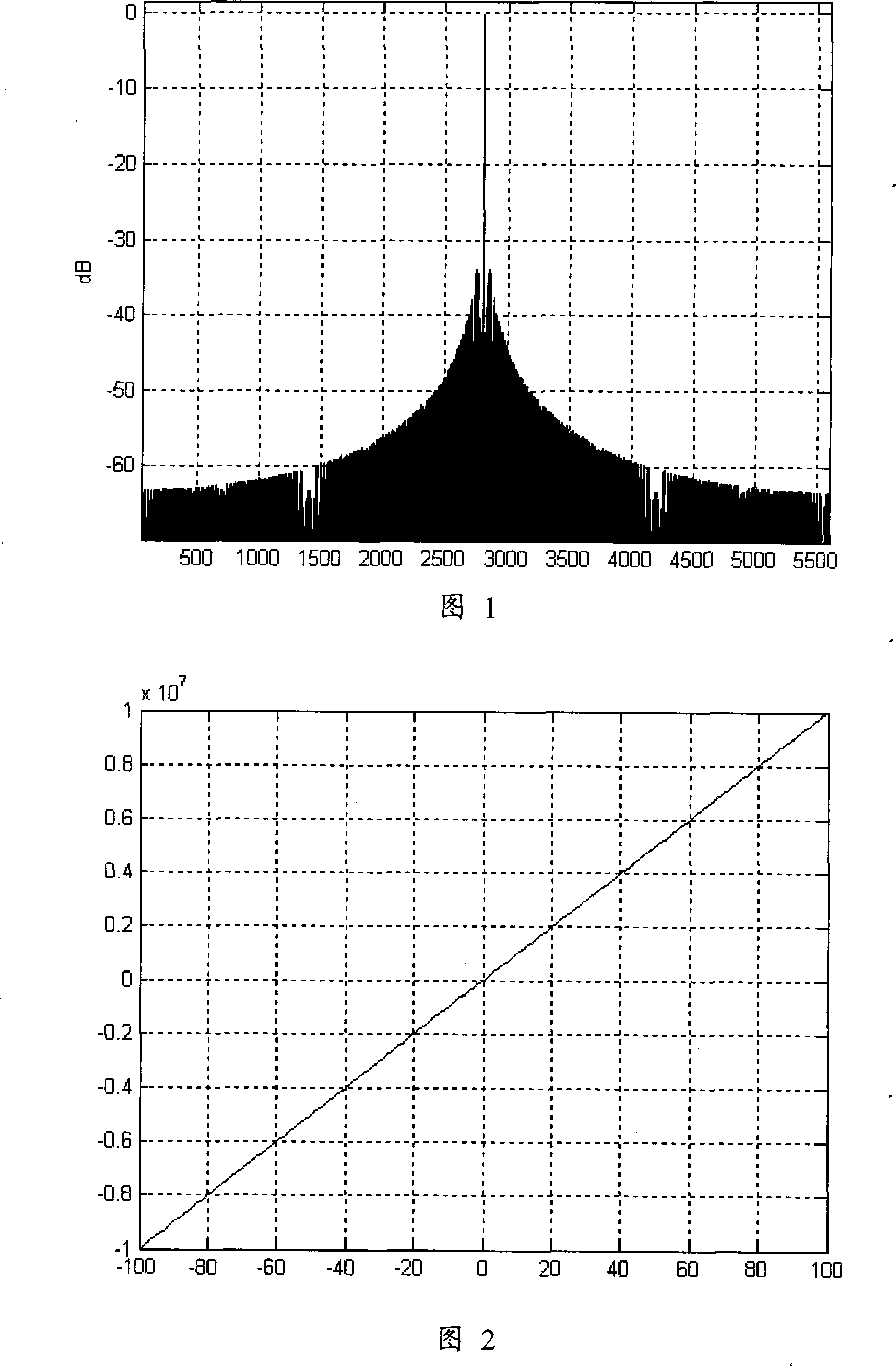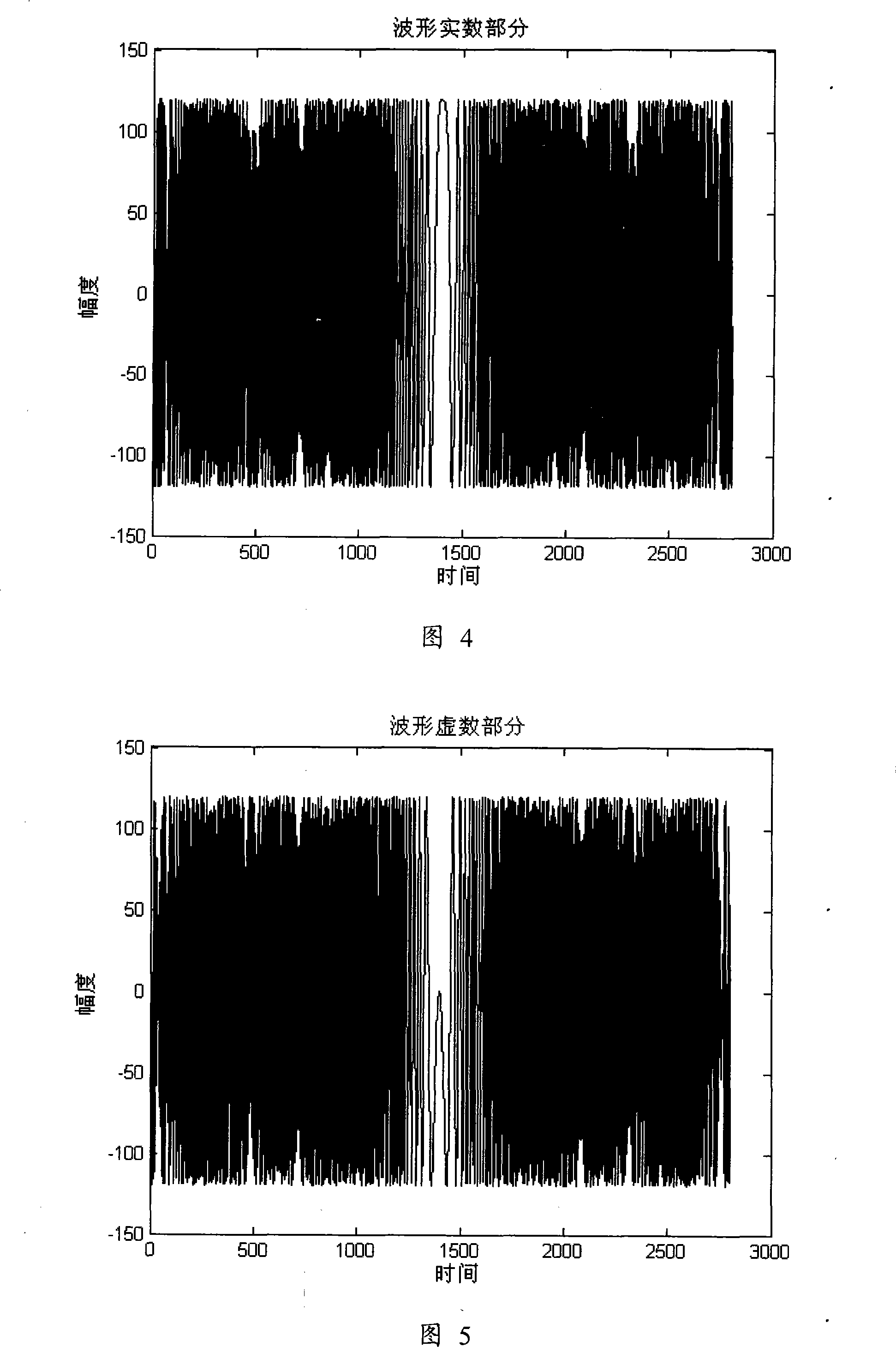Method of designing anti-Doppler lower pair petal waveform
A design method and low sidelobe technology, applied in electrical components, synchronization devices, wireless communications, etc., can solve the problems of autocorrelation signal submersion, inapplicability, and can only reach -33dB, etc., achieve low sidelobe characteristics, improve self- Effects of Correlation Properties
- Summary
- Abstract
- Description
- Claims
- Application Information
AI Technical Summary
Problems solved by technology
Method used
Image
Examples
Embodiment Construction
[0033] The design method of the anti-Doppler low sidelobe waveform of the present invention will be further described in detail below.
[0034] Fig. 3 shows the flow process of a kind of design method of anti-Doppler low sidelobe waveform of the present invention, according to this flow process, the specific steps of this embodiment are as follows:
[0035] Step S1: Initialize i=0; generate a random signal A with Gaussian distribution i (τ)(τ>=0), take the interference signal r i (τ)=A i (τ)(τ>=0), r i (τ)=-A i (-τ)(τ<0), where i=0, 1, 2, ...;
[0036] Step S2: The interference signal r i (τ) is arithmetically added to the frequency (β*τ) of the chirp signal to obtain an improved spectral component F i (τ);
[0037] Step S3: Calculate the time-domain waveform S of the improved chirp according to the following formula i (t), i=0, 1, 2, ...
[0038] S i ( t ) = ...
PUM
 Login to View More
Login to View More Abstract
Description
Claims
Application Information
 Login to View More
Login to View More - Generate Ideas
- Intellectual Property
- Life Sciences
- Materials
- Tech Scout
- Unparalleled Data Quality
- Higher Quality Content
- 60% Fewer Hallucinations
Browse by: Latest US Patents, China's latest patents, Technical Efficacy Thesaurus, Application Domain, Technology Topic, Popular Technical Reports.
© 2025 PatSnap. All rights reserved.Legal|Privacy policy|Modern Slavery Act Transparency Statement|Sitemap|About US| Contact US: help@patsnap.com



